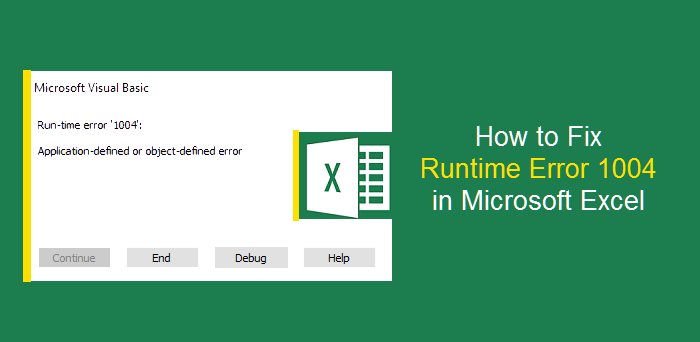

'Example sets x equal to address of second horizontal page break. X = ActiveSheet.HPageBreaks(2).Location.Address
#Xlstat error code
'Include code with Location property here. 'Select the last cell on the worksheet that has data. 'Set object "currcell" equal to active cell. For example, use the following code to select the end cell, use the Location property, and then reselect the original active cell:

To prevent this problem, add code to select the last cell used in the worksheet before the code uses the Location property of horizontal or vertical page breaks. Microsoft support engineers can help explain the functionality of a particular procedure, but they will not modify these examples to provide added functionality or construct procedures to meet your specific requirements. This article assumes that you are familiar with the programming language that is being demonstrated and with the tools that are used to create and to debug procedures. This includes, but is not limited to, the implied warranties of merchantability or fitness for a particular purpose. Microsoft provides programming examples for illustration only, without warranty either expressed or implied. MsgBox ActiveSheet.VPageBreaks(3).Location.Address MsgBox ActiveSheet.VPageBreaks(2).Location.Address MsgBox ActiveSheet.VPageBreaks(1).Location.Address MsgBox ActiveSheet.HPageBreaks(2).Location.Address MsgBox ActiveSheet.HPageBreaks(1).Location.Address You use a Visual Basic for Applications macro in Microsoft Excel similar to the following code: The vertical or horizontal page break location is off the screen to the right of the visible window or below the visible window of the workbook. The active cell is above the horizontal page break or to the left of the vertical page break that is referred to by the HPageBreaks or VPageBreaks index.
#Xlstat error how to
Now that you know how to disable and remove Excel add-ins, check out my video blog post on how to install an add-in.Īnd for a complete list of all of the useful Excel Campus add-ins available for purchase, you can go here.This problem may occur if the following conditions are true: You can also use this process for Microsoft Word, PowerPoint, and Outlook. You've now permanently deleted the add-in from the Add-ins Window menu. A message box will appear asking you if you want to permanently delete the add-in.Press the “Go…” button to open the Add-ins window.Open Excel and navigate back to the Add-ins menu in the Options window.Then go to the location of the add-in and delete or rename it.Next, determine where the add-in file is saved on your computer.Open Excel, go to the File tab, and choose the Options Menu, just as in steps 1 and 2 above.It will not open next time you open Excel. The add-in will be disabled and closed in the background. Uncheck the box next to the name of the add-in you want to disable.You can also add the Excel Add-ins button to the Quick Access Toolbar if you use it frequently. You may have to wait a few seconds for the window to appear.Īnother way to access your add-ins is by clicking on the Excel Add-ins button on the Developer tab. Next, click the “Add-Ins” option on the left-side menu, and then click the “Go…” button.If you don't want an add-in to run, it can simply be disabled (switched off) or completely removed. Check out are guide for installing an Excel Add-in to learn more. xlam file will automatically open every time Excel is opened. When opened, the worksheets in the file are hidden and the macros are typically accessed through buttons that are added to the toolbar or ribbon. Bottom Line: Learn how to disable or completely uninstall and remove an Excel Add-in from the Add-ins menu.Īn add-in (or VBA add-in) is a file that contains macros.


 0 kommentar(er)
0 kommentar(er)
